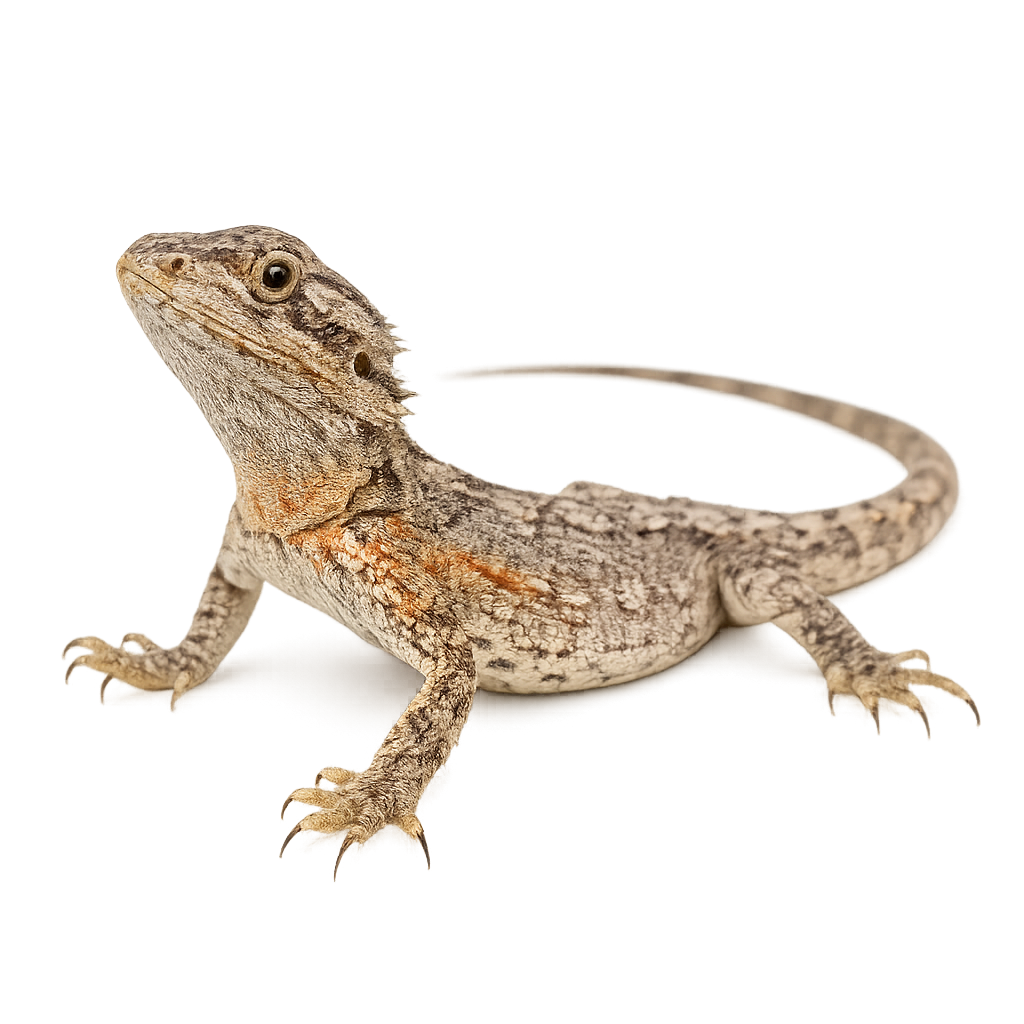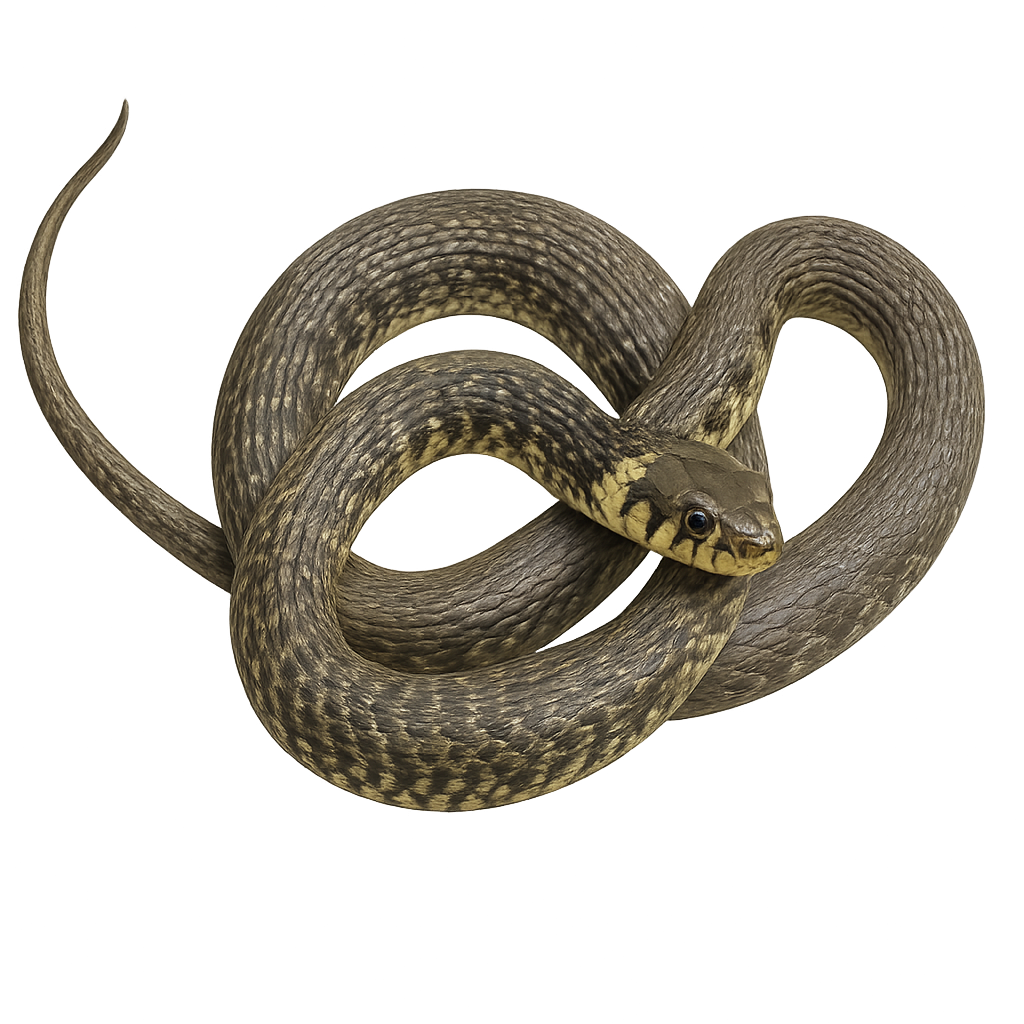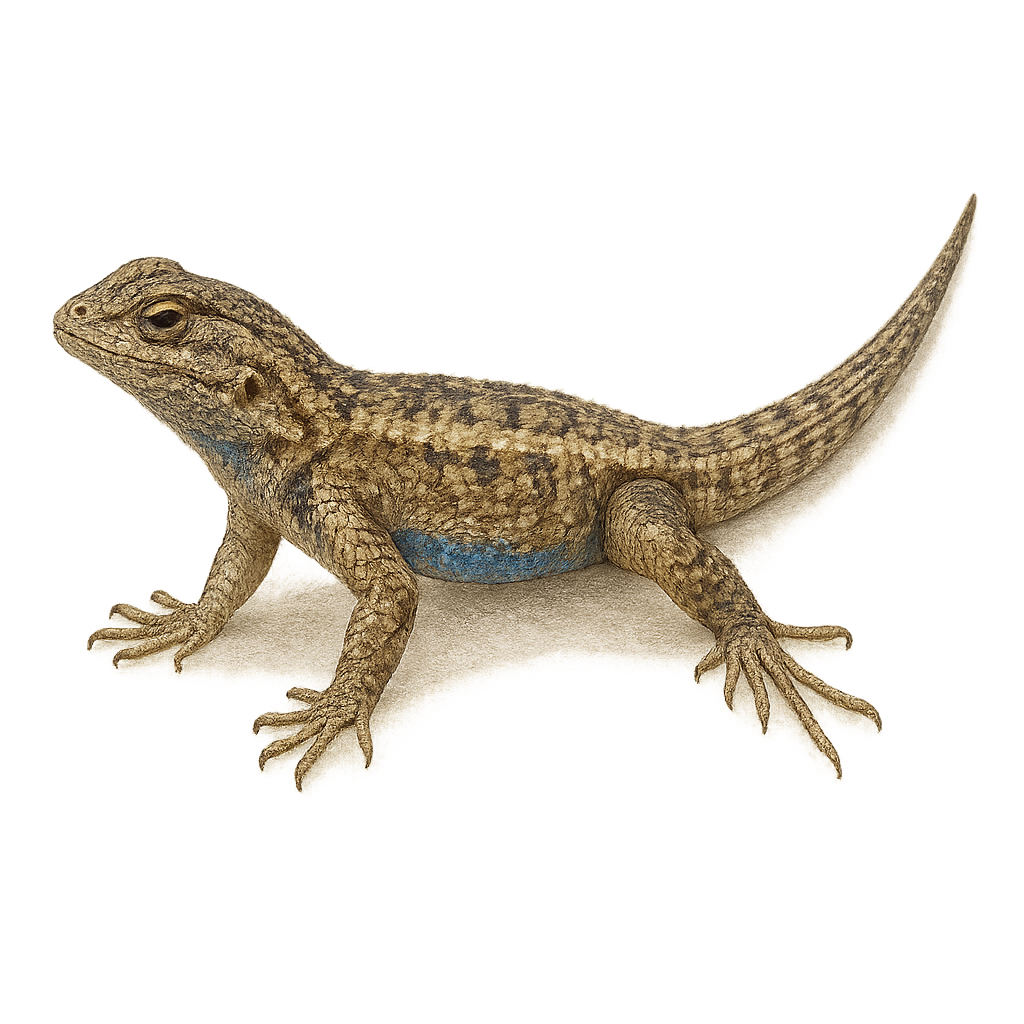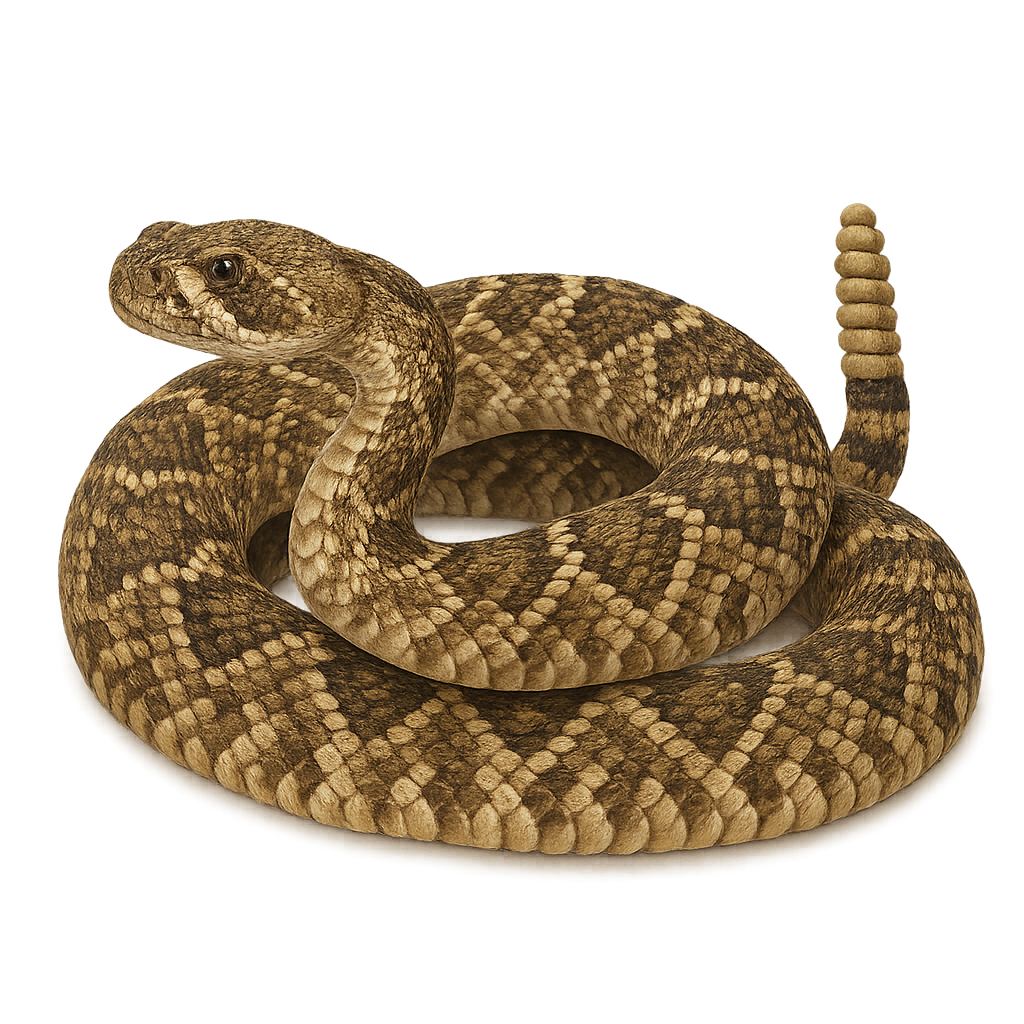Your wildlife tracking tool..
Browse 2,846species by country, track observations, and plan your photo outings.
Your global reference for wildlife photography
WildlifePhotographer gives you access to over 2,846 wildlife species sheets to help you identify, understand, and photograph wildlife around the world. Mammals, birds, reptiles… each sheet provides key information: habitat, activity, life cycle, signs of presence, and tailored photo tips.
Our database grows every week with new iconic species. To go further, access maps, reminders, logs, and personalized statistics in the app — designed to meet the real needs of wildlife photographers in the field.
Western Bearded Dragon
Pogona minor
The Pogona minor, commonly known as the Western Bearded Dragon, is a lizard native to Australia. It is characterized by its modest size, typically reaching 30 to 40 cm in length, including the tail. Its coloration ranges from brown to gray, with darker patterns that allow it to blend effectively into its natural habitat. This lizard has a "beard" of spines under its chin, which it can puff out to intimidate predators or during courtship displays. It primarily inhabits arid and semi-arid regions, feeding on insects, small invertebrates, and occasionally vegetation. Although relatively tolerant of human presence, it prefers calm and undisturbed environments.
Warty Chameleon
Furcifer verrucosus
The Furcifer verrucosus, or warty chameleon, is a species of chameleon endemic to Madagascar. It is easily recognizable by its rough, warty skin, which gives it its name. This chameleon can reach a size of 23 to 25 cm, with a tail that represents about half of its total length. Its coloration varies from green to brown, with lighter or darker patterns depending on its mood or environment. It primarily inhabits the dry forests and shrublands of the island. Like most chameleons, it has independent eyes that allow it to scan its surroundings at 360 degrees. It mainly feeds on insects, which it captures with its extendable tongue.
Western Whip Snake
Hierophis viridiflavus
The Western Whip Snake is a slender snake that can reach up to 1.60 m in length. Its coloration is dark, black or dark green, speckled with yellow spots forming transverse bars at the front of the body and longitudinal lines towards the rear. The belly is light, yellow or greenish-white. Juveniles have a more uniform grayish to beige hue with distinctive head patterns. It inhabits dry and sunny environments, such as hedgerows, fallow lands, forest edges, and rocky areas, from plains up to 1900 m altitude. Diurnal and agile, it primarily feeds on small vertebrates: rodents, lizards, amphibians, and sometimes other snakes. Reproduction occurs in spring, with 5 to 15 eggs laid in June-July, incubated for 6 to 8 weeks. Protected species in Europe, it is vulnerable to habitat destruction and road traffic.
Western Fence Lizard
Sceloporus occidentalis
The Sceloporus occidentalis, commonly known as the Western Fence Lizard, is a medium-sized reptile, typically measuring between 15 and 22 cm in length. It is easily recognizable by its gray-brown dorsal coloration with diamond-shaped patterns and its bright blue belly, particularly visible in males. This lizard is widely distributed in the western United States, inhabiting various environments from coniferous forests to shrublands and grasslands. It is diurnal and often basks in the sun on rocks or fences. Its diet mainly consists of insects and other arthropods. Although relatively common, it plays an important role in controlling insect populations.
Western Diamondback Rattlesnake
Crotalus atrox
The Crotalus atrox, commonly known as the Western Diamondback Rattlesnake, is a venomous snake found primarily in the southwestern United States and northern Mexico. It is easily recognizable by its diamond-shaped pattern on its back and its famous rattling sound, produced by the keratin segments at the end of its tail. This snake can reach a length of 1.5 to 2 meters. It prefers arid habitats such as deserts, grasslands, and sparse forests. Although venomous, it generally only attacks if it feels threatened. Its venom is hemotoxic, affecting blood and tissues, but bites are rarely fatal due to modern treatments.






